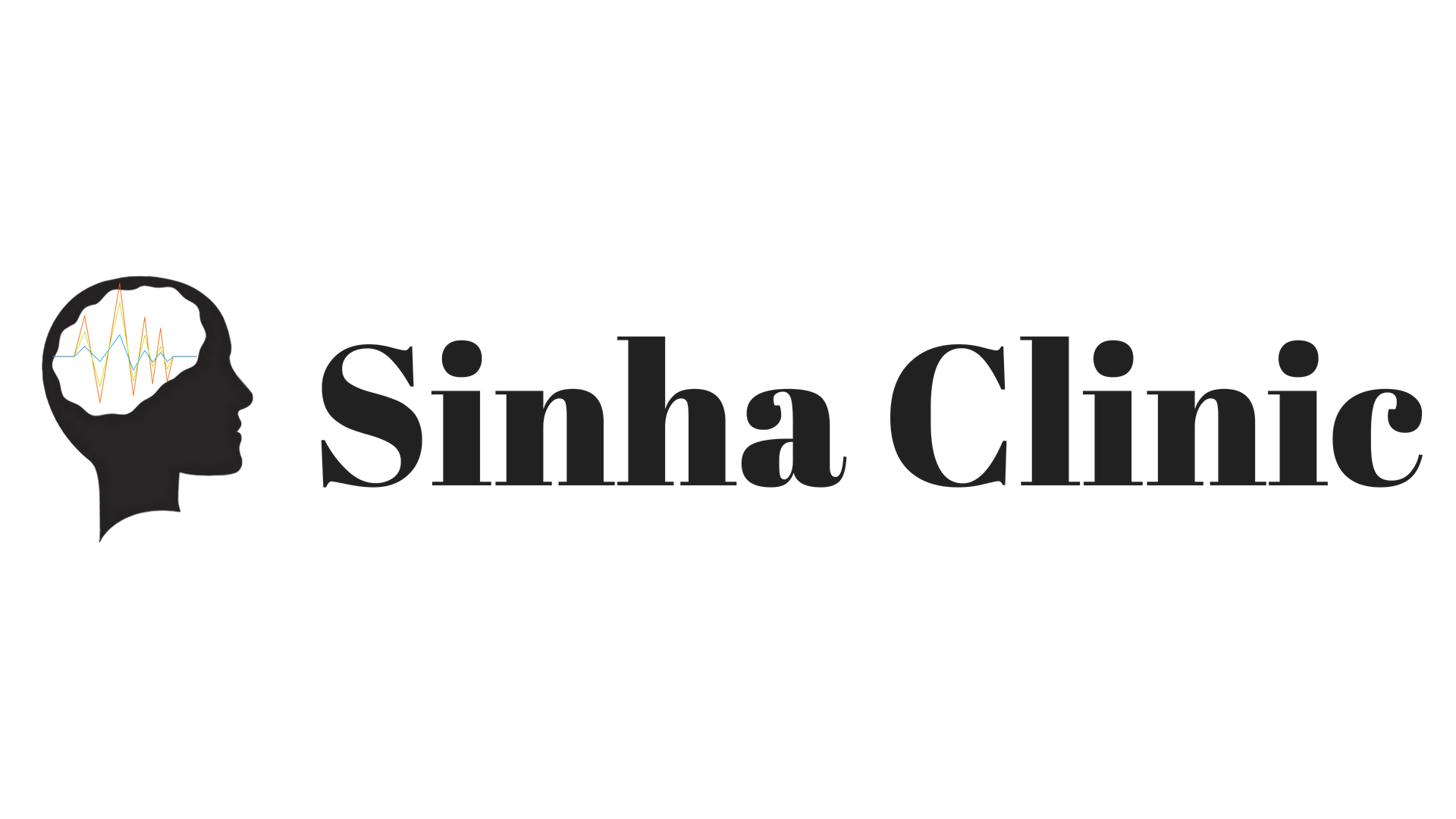
Quantitative Electroencephalogram (qEEG):
Our experts perform a comprehensive test called a quantitative electroencephalogram (qEEG) or “brain map”. A qEEG is an assessment tool that objectively and scientifically evaluates a patient’s brainwave electrical activity. This helps to pinpoint specific areas of the brain that are not functioning optimally.
We place a snug electro cap on the head, which contains 19 small electrodes to measure the brain’s electrical data. This is non-invasive and does not hurt. We record the brainwave data while you are resting quietly with eyes closed and eyes open. Afterward, the data is compared to a normative database, the results are used to create neurofeedback protocols designed specifically to your brain. We can also use the data with rEEG Medication Sensitivity Testing to reduce the time of trial and error by narrowing down the best medications for your particular brain chemistry.
qEEG Brain Mapping aids in evaluating neurodegenerative and neuropsychological conditions.
- Traumatic Brain Injury
- ADD/ADHD & Learning Disabilities
- Depression & Mood Disorders
- Anxiety, Obsession Compulsive Disorder & Panic Disorder
- A variety of other neuropsychological conditions (including autism, stroke, epilepsy, dementia and more).
The qEEG brain maps below are example comparisons of a normal healthy Brain Map (far left) and comparisons to many common mental health diagnosed maps for ADHD, depression, anxiety and migraines. Once a brain map is completed, we use the data to create neurofeedback protocols to train the brain with the aim to normalize the brain. With consistent training, normalization (as shown by the green in the far left brain) occurs in the dysregulated areas (as shown by the red, yellow and/or blue), one would begin to see improved symptoms, such as: improved focus, concentration, and greater short/long term memory, etc.

Normal Map
ADHD
Depression
Anxiety
Migraines
qEEG has been able to predict outcomes from treating condition; such as ADD/ADHD, alcoholism, and drug abuse. For example, scientific research has identified a minimum of three major subtypes of ADD/ADHD, none of which can be diagnosed from observing the person’s behavior, and each of which requires a different treatment protocol.
Referenced EEG or "Medication Sensitivity Testing":
Referenced Electroencephalogram (rEEG), or medication sensitivity testing, is a test that provides physicians a treatment guide for more effective medication treatment. Medication sensitivity testing can be completed during a qEEG brain map. The benefit of this test is that it provides a way for physicians to reduce the medication trial and error method (e.g., Try a medication to see if it works – If not, let’s try another.). There are over a hundred different types of psychotropic medications. That is a great deal of time for a patient to wait to find a medication that works with their brain chemistry to alleviate unwanted symptoms. This test allows a physician to individualize care by determining the most appropriate and effective medication in a shorter period of time and forgo the trial and error stress placed on the patient with ineffective medications.




